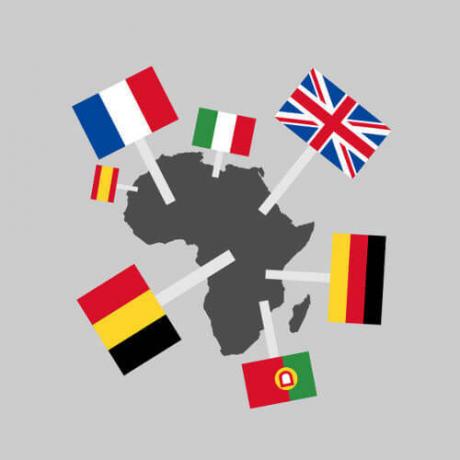Since its origins, the christianity, as a doctrine, had a very peculiar characteristic when compared to other monotheistic religions, such as the Islam and Judaism: the explicit separation between the temporal order and the spiritual order, between earthly power and power heavenly. In countless passages of the canonical gospels, Jesus Christ rejects “that which belongs to Caesar” (power secular, temporal) and claims for itself that which is of Heaven, spiritual power, power over souls. The work "City of God" by HolyAugustine, already reflected very well this incompatibility. In the eleventh century, the so-called RemodelingGregorian sought to resolve this impasse between Church and Holy Empire.
This characteristic of Christianity determined the paths that Western civilization would follow towards the constitution of a political order that would ensure balance in Europe after the fall of the Roman Empire. O Byzantine Empire, as an attempt to continue the Roman Empire in the East, sought to develop a political structure that mixed secular and spiritual power in the figure of the emperor. This type of policy became known as
caesaropism. However, the kingdoms that formed in Western Europe during the Middle Ages they failed to subordinate the Church's spiritual authority to its political structure.At times, the situation between emperors and popes even generated enormous tensions. Like Holy Roman Empire, some of the emperors tried to exert influence over the clergy, even interfering in the appointment of positions within the Church. The Church's rejection of the emperors' proposals provoked the call Investiture quarrel, that is, disputes between popes and emperors regarding the right to invest (appoint and authorize) clerics and nobles.
Do not stop now... There's more after the advertising ;)
One of the main moments of this dispute was the Gregorian Reformation, which took place in the 11th century. This reform took its name in reference to the popeGregoryVII (1020-1085), which drew up a program of regulations for the Catholic pontificate. The main guidelines of the Gregory VII's reform were written in the famous document entitled Dictatuspapa (Says of the Pope). These directives became the mold of several alterations that were made by the Catholic Church and articulated with the emperors until 1215 with the IV Council of Lateran.
Among these guidelines were: a clear establishment of the role differences between lay people (persons not ordained to the Church priesthood) and clergy—this first directive reinforced the institution of clerical celibacy (priests could not enter into marriage or have sexual relations), which had been in force since the fourth century; the institution of the seven sacraments: baptism, chrism, eucharist, ordination (only for clerics), marriage (only for laymen), confession and anointing of the sick. This last directive was also aimed at the spiritual guidance throughout the life of the Catholic faithful, in order to make them aware of the Church's role as the “body of Christ” on Earth. In addition, there was recognition of mendicant monastic orders, such as the Franciscans and Dominicans.
By Me. Cláudio Fernandes
Would you like to reference this text in a school or academic work? Look:
FERNANDES, Claudio. "Gregorian Reformation"; Brazil School. Available in: https://brasilescola.uol.com.br/historiag/reforma-gregoriana.htm. Accessed on June 27, 2021.

